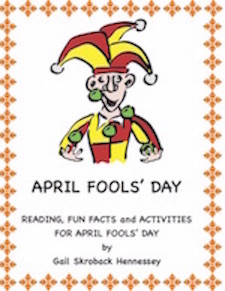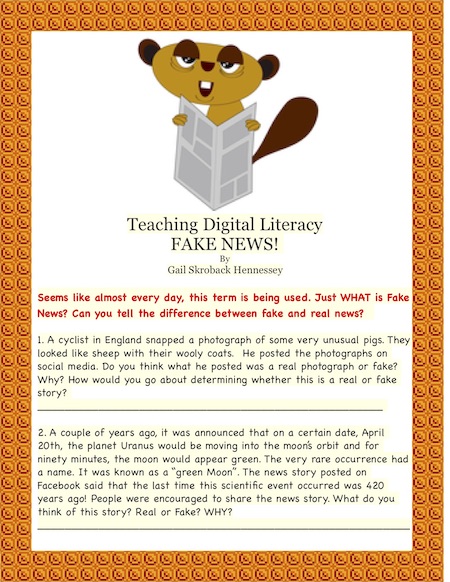

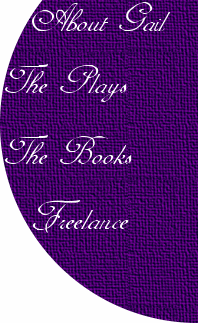
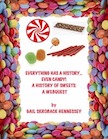
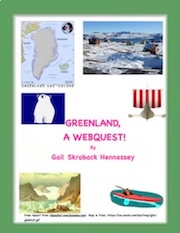
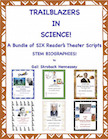
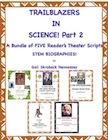
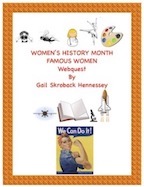
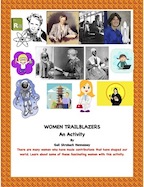
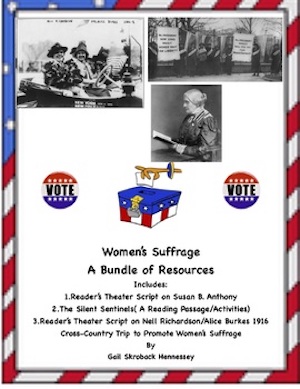
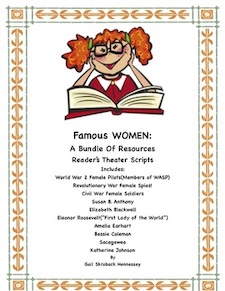
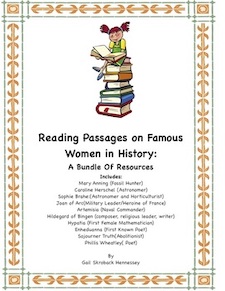
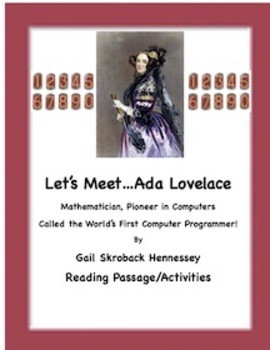
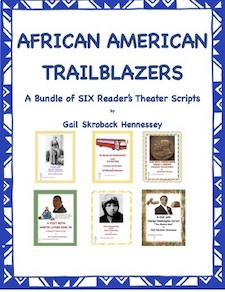

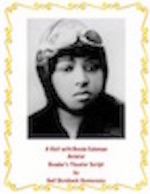

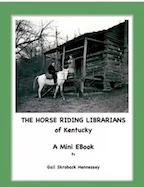
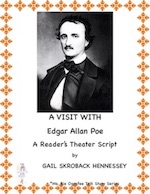
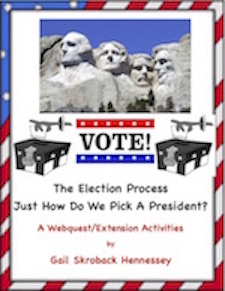
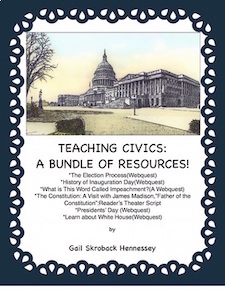
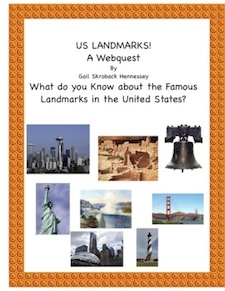
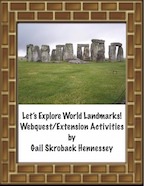
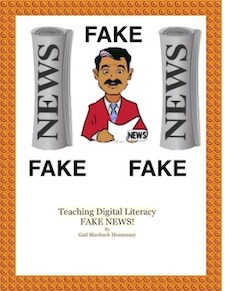
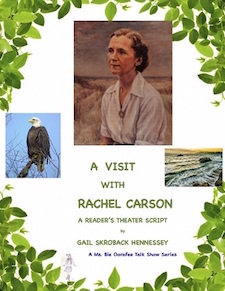
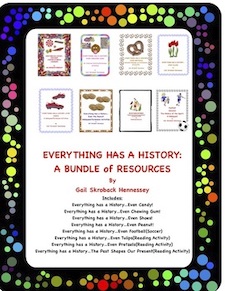
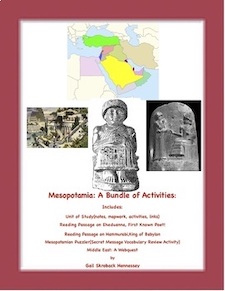
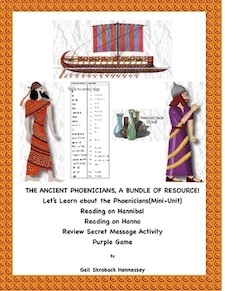
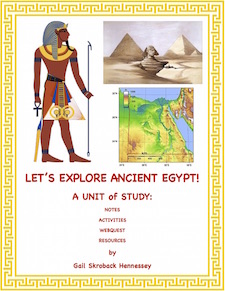
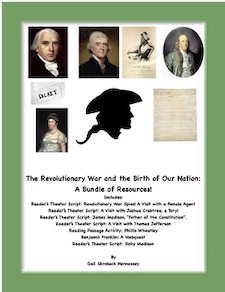
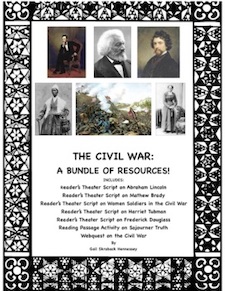
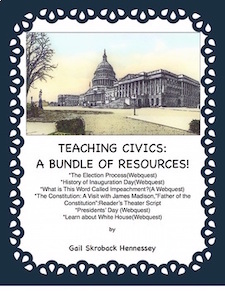
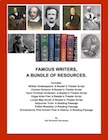
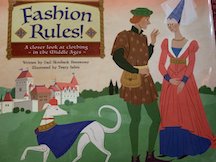
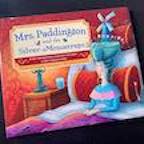
My Book-Mrs. Paddington and the Silver Mousetraps
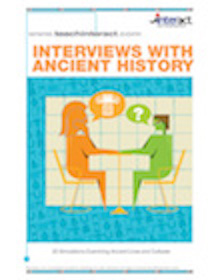

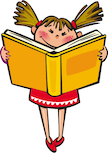
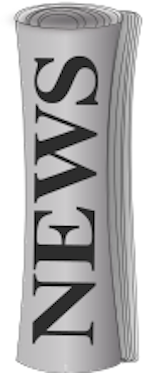
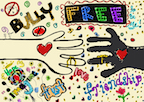
Anti-Bullying Resources
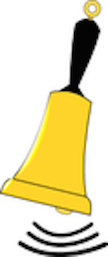
Bell Ringers!
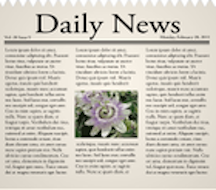
Updated regularly
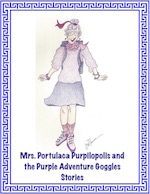
Mrs. Portulaca Purpilopilis
and the Purple Adventure Goggles
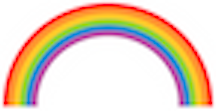

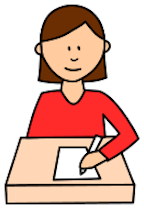

Facts to Wow your Friends!
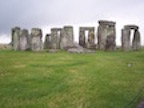
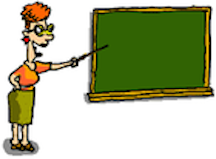 Teaching Ideas!
Teaching Ideas!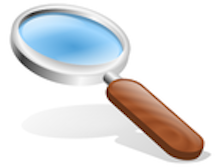
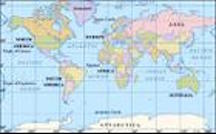
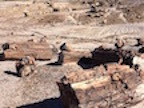
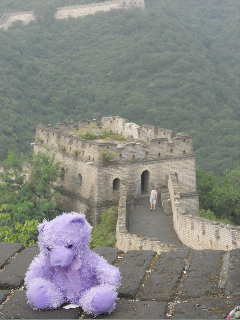
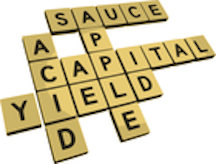

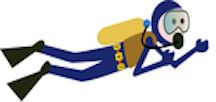

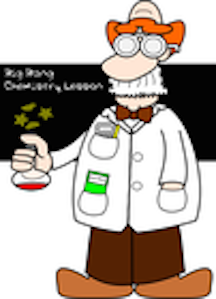
` `
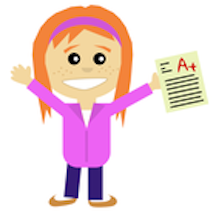
FAKE
FAKE
FAKE

Go to My TpT Store to purchase the complete resource: Fake News Interactive Notebook Activity:FAKE NEWS! An Interactive Notebook Activity
Seems that the phrase FAKE NEWS is being used a lot these days but just what is fake news and how can student learn to determine fact from fiction?
FAKE news is defined as news that is intentionally shared which is made-up or mostly fictitious. The purpose of fake news is to get arouse people's emotions.Here are two examples:
A few years ago,(2015) several websites had a headline that stated," Al Gore Wants to Ban ALL Cars in ALL cities on the Planet." Ask yourself-Does this sound incredible? Yes! In actuality, Gore was suggesting that without cars, there would be much less carbon dioxide going into our atmosphere. The result would be a smaller effect on global warming. He didn't REALLY wish to BAN ALL cars in the entire world! This is an example of taking a partial statement and expanding on it to make itfake news.
Another news story(again about Al Gore) stated that Al Gore wants to Ban all Snowmobiles in the United States! You can imagine how this article angered many people who like to ride snowmobiles or own stores that sell them. The actual story was Al Gore wanted to see snowmobiles banned from our very first national park, Yellowstone National Park. He was concerned about the negative impact snowmobiles had on the wildlife and serenity of the park.
According to a recent survey by Common Sense Media(appeared in TIME MAGAZINE 3/27/2017) more than 45% of 10-18 young people in the United States said that they could NOT accurately determinefake news from real news. In fact, almost 1/3 also said that they clicked and passed along the news items before knowing that it wasn’t really true. This isn't just a problem in the United States. Other countries, including Great Britain, are concerned about the need for young people to develop "digital critical literacy".
Activities to Use with Students:
1. Share this clip with students(or share the content) https://www.youtube.com/watch?v=Ryjpu-NWYm8. There was a posting on Facebook that stated,"Sweden bans Christmas lights -to avoid angering Muslims!" This story went viral with about 43,000 people forwarding this "news" story. This FAKE news story was based, in part, on an actual news story which stated that because of technical problems, there would be no Christmas lights that year!
2.Have students write up a FAKE news story. Exchange with other students and write a paragraph explaining why they didn't think the story could be true.
April Fool's Day
is a great opportunity to begin a discussion with students on Fake /Real News!
Note: Additionally, I have another resource you may find of interest to use for such a discussion on fake/real news:
Want to introduce your students to the history of April Fools' Day? This resource provides a reading for students as well as lots of interesting famous April Fools' pranks. Additionally, there are extension activities as well as a Test your April Fools' Day IQ(can you spot the True News Stories from the Fake ones?).There are also comprehension questions for the students to answer after reviewing the resource:https://www.teacherspayteachers.com/Product/April-Fools-Day-ReadingFun-Facts-and-Activities-632947
